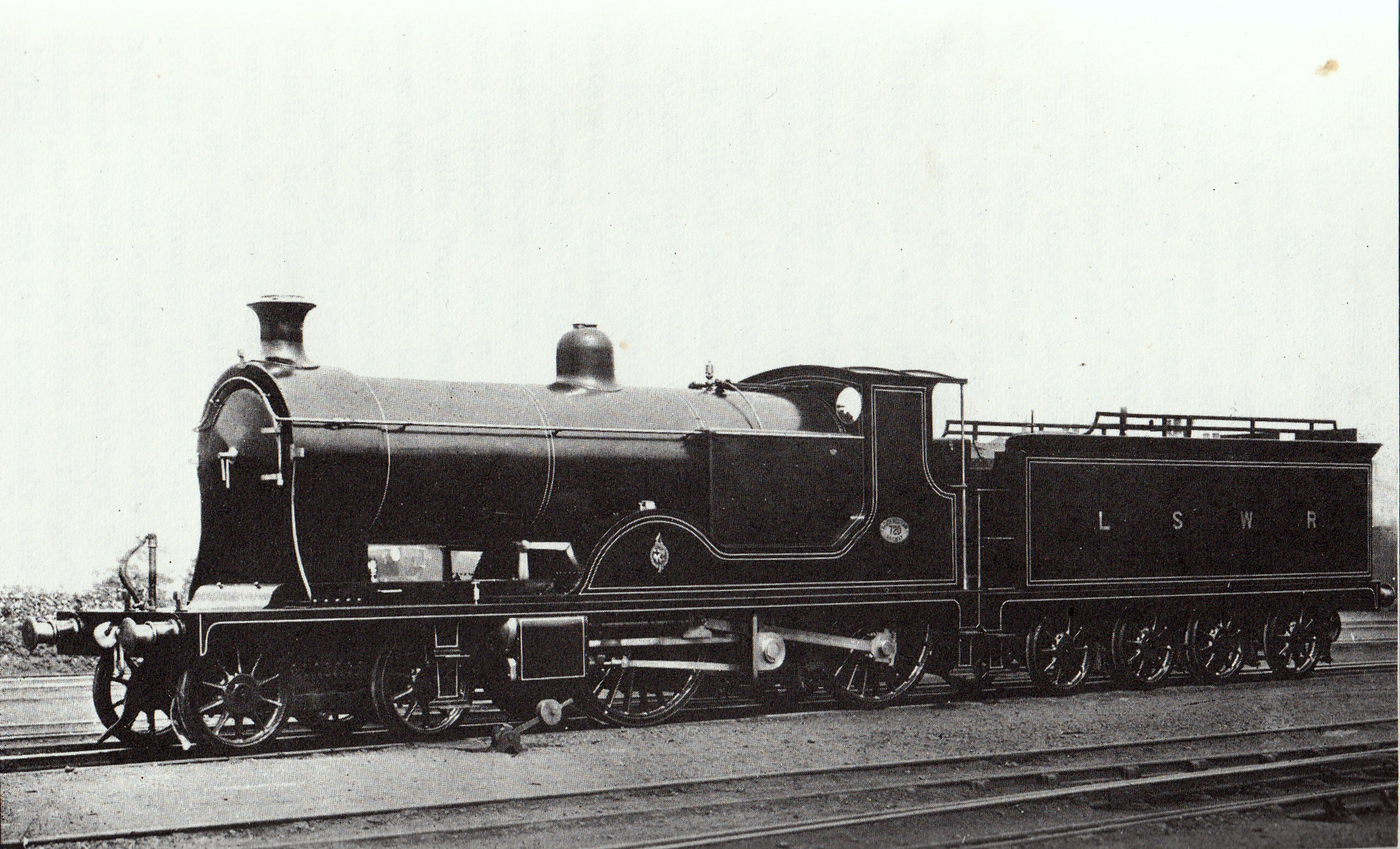4-2-2-0 on:
[Wikipedia]
[Google]
[Amazon]
Under the
 This very unusual wheel arrangement was first used 1893 by ''Frederick Charles Winby'' for the locomotive ''James Toleman'', built by Hawthorn Leslie & Company. It was exhibited at the
This very unusual wheel arrangement was first used 1893 by ''Frederick Charles Winby'' for the locomotive ''James Toleman'', built by Hawthorn Leslie & Company. It was exhibited at the
Whyte notation
Whyte notation is a classification method for steam locomotives, and some internal combustion locomotives and electric locomotives, by wheel arrangement. It was devised by Frederick Methvan Whyte, and came into use in the early twentieth cen ...
for the classification of steam locomotives, 4-2-2-0 represents the wheel arrangement
In rail transport, a wheel arrangement or wheel configuration is a system of classifying the way in which wheels are distributed under a locomotive. Several notations exist to describe the wheel assemblies of a locomotive by type, position, and c ...
of four leading wheel
The leading wheel or leading axle or pilot wheel of a steam locomotive is an unpowered wheel or axle located in front of the driving wheels. The axle or axles of the leading wheels are normally located on a leading truck. Leading wheels are used ...
s on two axles, four powered but uncoupled driving wheels on two axles, and no trailing wheel
On a steam locomotive, a trailing wheel or trailing axle is generally an unpowered wheel or axle ( wheelset) located behind the driving wheels. The axle of the trailing wheels is usually located in a trailing truck. On some large locomotives, ...
s. The arrangement became known as ''double single''.
Usage
 This very unusual wheel arrangement was first used 1893 by ''Frederick Charles Winby'' for the locomotive ''James Toleman'', built by Hawthorn Leslie & Company. It was exhibited at the
This very unusual wheel arrangement was first used 1893 by ''Frederick Charles Winby'' for the locomotive ''James Toleman'', built by Hawthorn Leslie & Company. It was exhibited at the World’s Columbian Exposition
The World's Columbian Exposition (also known as the Chicago World's Fair) was a world's fair held in Chicago in 1893 to celebrate the 400th anniversary of Christopher Columbus's arrival in the New World in 1492. The centerpiece of the Fair, hel ...
in Chicago
(''City in a Garden''); I Will
, image_map =
, map_caption = Interactive Map of Chicago
, coordinates =
, coordinates_footnotes =
, subdivision_type = Country
, subdivision_name ...
and then delivered to the Milwaukee Road.
Between 1897 and 1901 Dugald Drummond of the London and South Western Railway
The London and South Western Railway (LSWR, sometimes written L&SWR) was a railway company in England from 1838 to 1922. Originating as the London and Southampton Railway, its network extended to Dorchester and Weymouth, to Salisbury, Exeter ...
used this wheel arrangement on two classes of divided drive locomotives, the T7 and E10 classes. The absence of coupling rods
A coupling rod or side rod connects the driving wheels of a locomotive. Steam locomotives in particular usually have them, but some diesel and electric locomotives, especially older ones and shunters, also have them. The coupling rods transfer ...
enabled the driving wheels to be more widely spaced than on a 4-4-0 locomotive and permitted the inclusion of a larger firebox
Seven locomotives of the type were built which performed adequately, but also displayed disadvantages over a 4-4-0 and so the type was not perpetuated.
References
{{Whyte types 22,4-2-2-0 Railway locomotives introduced in 1897